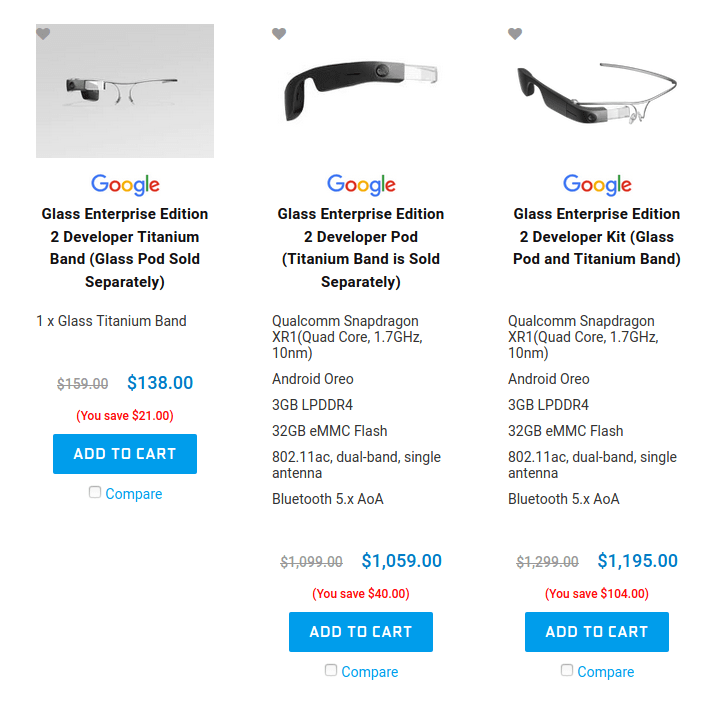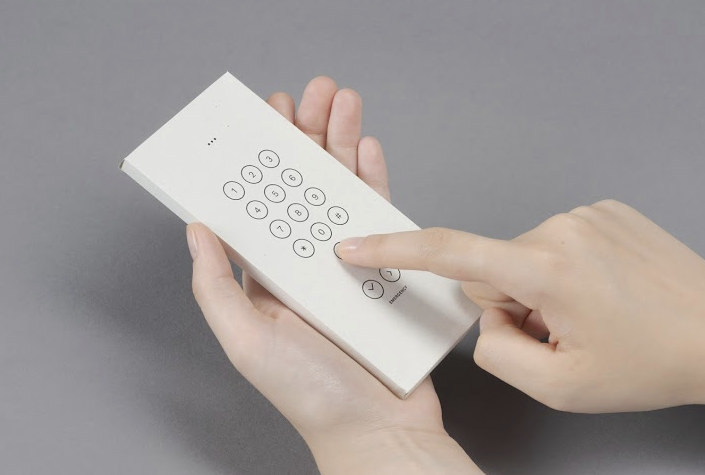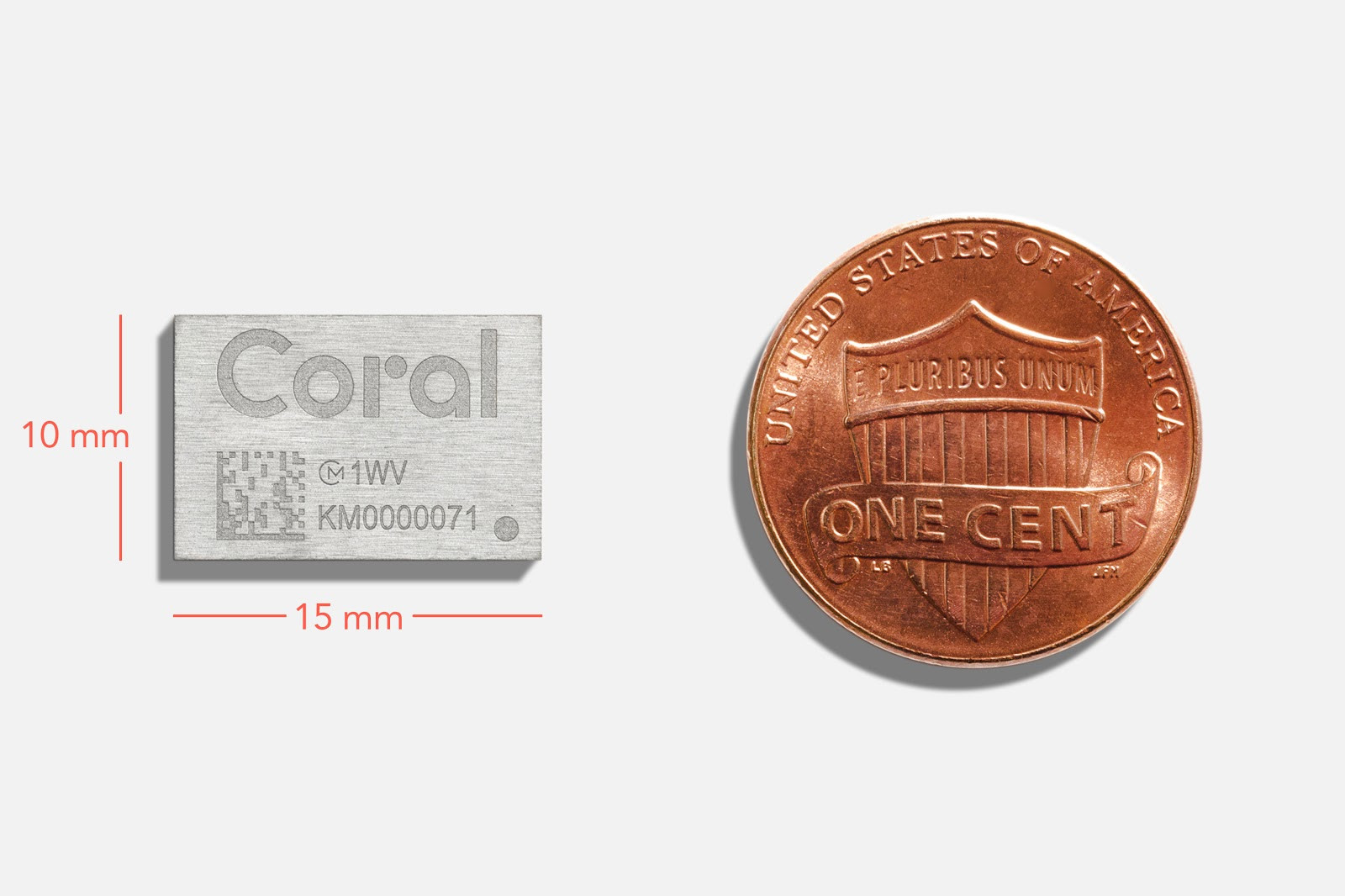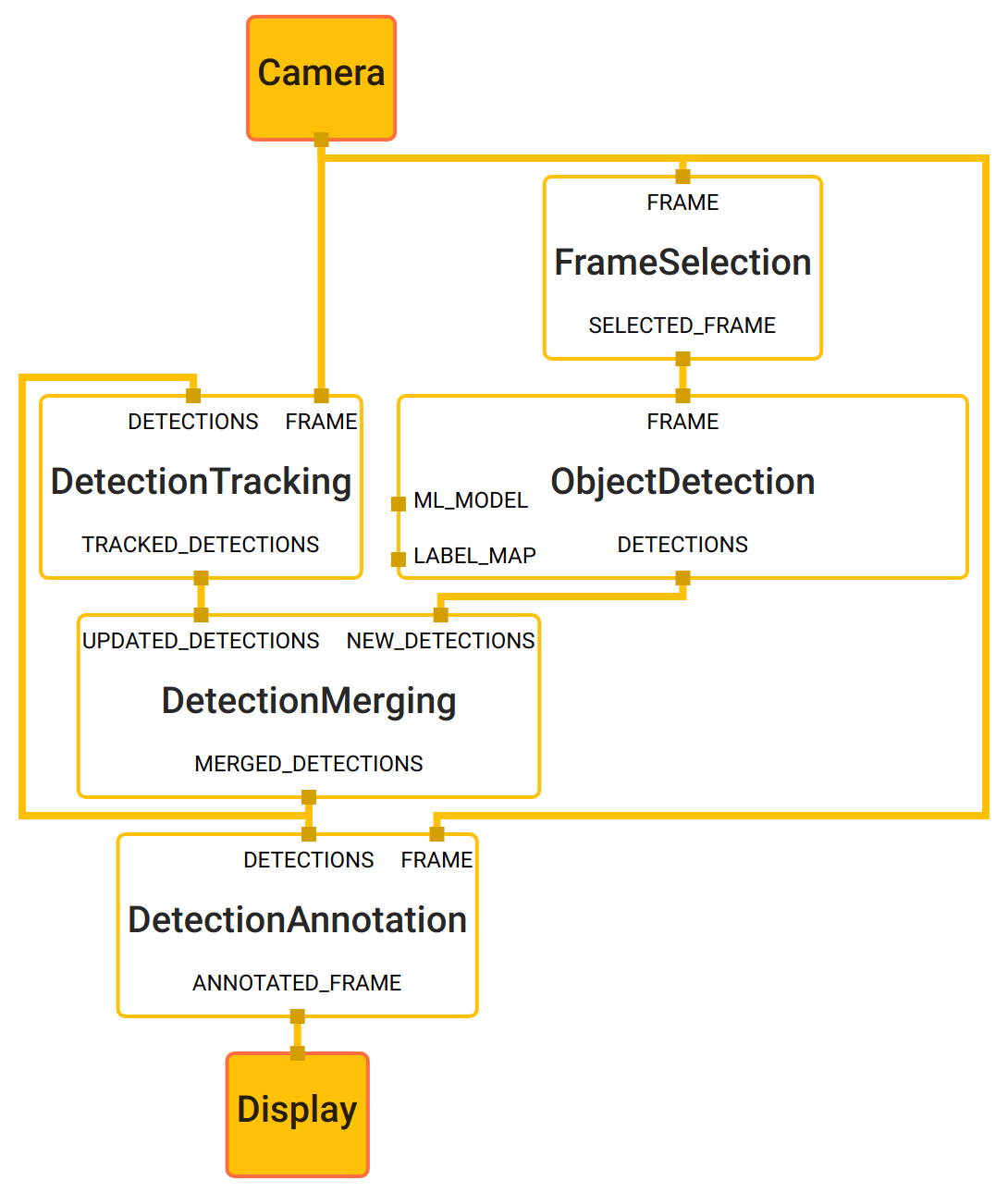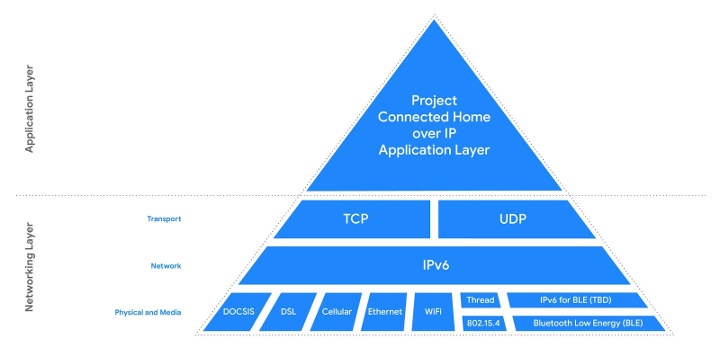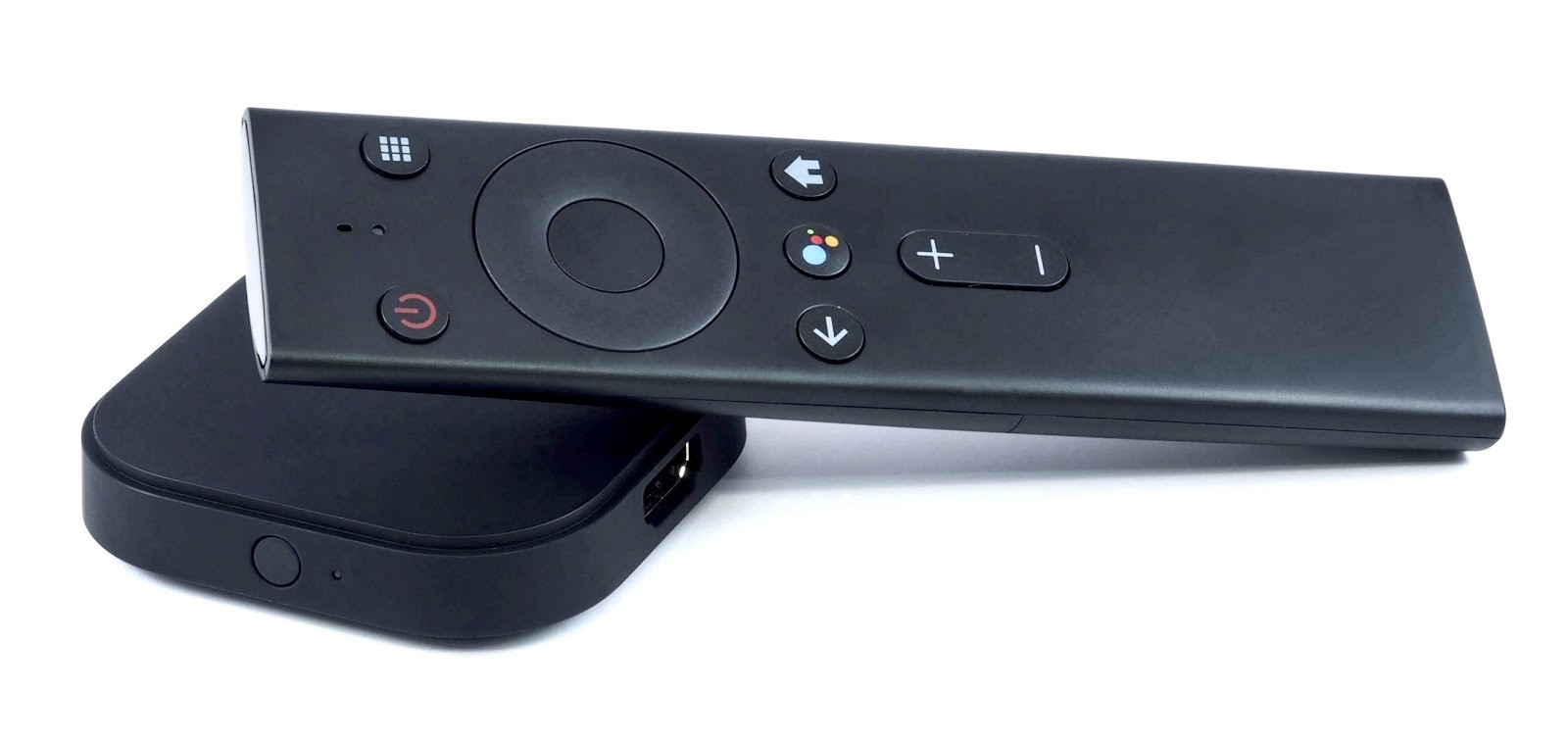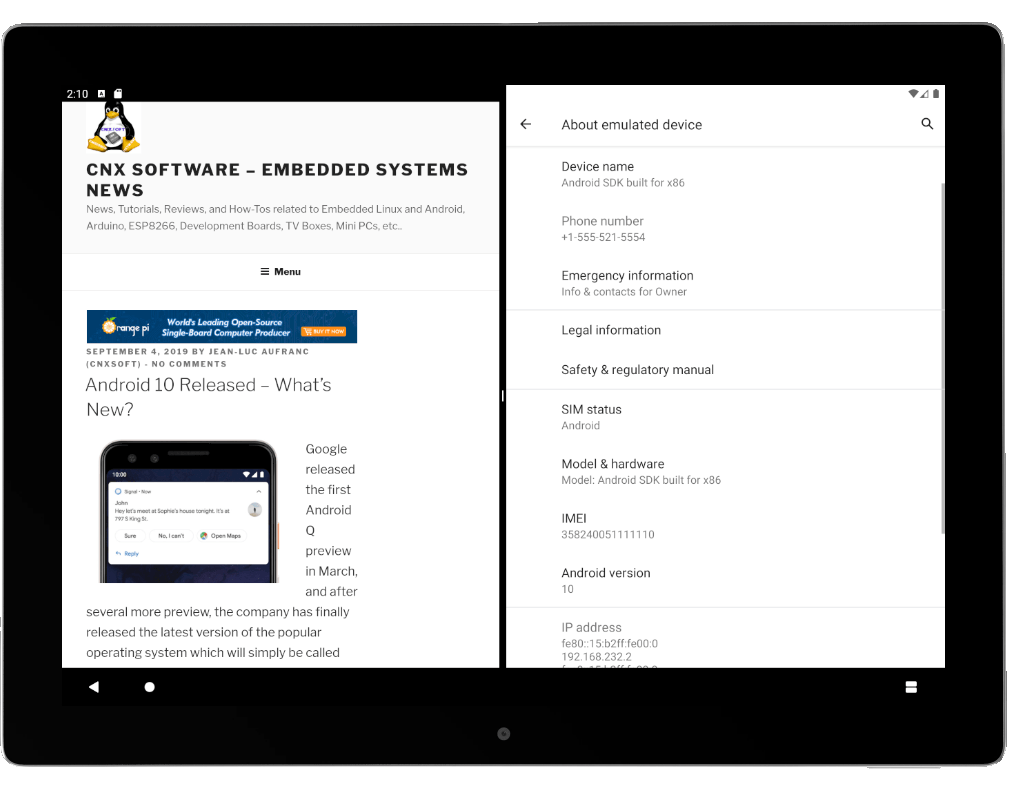Powered by Snapdragon XR1 processor, Google Glass Enterprise Edition v2 has launched in May 2019, but at the time you had to contact Google Glass sales team or distributors to source one or more samples for your application, and there was no easy way to purchase the glasses online. But things have changed as the company realized they should make it easier for developers to build apps for the platform, and Google Glass Enterprise Edition 2 can now be purchased for around $1,060 from resellers such as Mobile Advance or SHI. At that price, it does not come with the “Titanium band” that appears required to make sure the glasses stay in place. So the price goes up to $1,195 (or $136 extra) if you want the Glass Enterprise Edition 2 Developer Kit with both the glass pod and the titanium band. This is not meant as a consumer device […]
Google Envelope Aims to Reduce your Smartphone Addiction
Smartphones are useful tools, but they can also be addictive as people may start checking the phone each time they receive a notification, visit their Facebook page to check how many likes they got, or just want to check their emails a bit too frequently. Google has been working on addressing the issue with the Digital Wellbeing app launched as part of Android 9 aims to help you take some time away from your phone. The company has now launched a new Digital Wellbeing experiment with Google Envelope. Those are actual paper envelopes housing your phone in order to convert it either in a phone that can only make or receive phone calls, or camera with only the ability to take photos or shot videos. There’s also an accompanying app that will detect the taps on the button. You’ll need to start the app first, then slide your phone into […]
Google Coral mPCIe and M.2 Cards for Sale, New Coral Dev Board Mini and Modules Coming in 2020
Google introduced Coral development board and USB accelerator with Google Edge TPU last year. The development board was comprised of a baseboard and Coral system-on-module with an NXP i.MX 8M quad-core Arm Cortex-A53 processor and the Edge TPU. Since then ASUS announced Tinker Edge T and CR1S-CM-A SBC based on the Coral module, and yesterday, I noticed Seeed Studio started selling mPCIe and M.2 AI accelerator card with Google Edge TPU, while today, Google announced upcoming Coral products for 2020. Coral Mini PCIe and M.2 Accelerators Coral Mini PCIe card specifications: Half-mini PCIe card with PCIe Gen2 x1 Supply voltage – 3.3VDC +/- 10 % Dimensions – 30.00 x 26.80 x 2.55 mm Weight – 3.6 g Temperature Range – Storage: -40 ~ 85°C; operating: -20 ~ 70°C Relative humidity – 0 ~ 100% (non-condensing) Op-shock – 100 G, 11ms (persistent); 1000 G, 0.5 ms (stress); 1000 G, 1.0 ms […]
MediaPipe is an Open Source Perception Pipeline Framework Developed by Google
MediaPipe is an open-source perception pipeline framework introduced by Google, which helps to build multi-modal machine learning pipelines. A developer can build a prototype, without really getting into writing machine learning algorithms and models, by using existing components. This framework can be used for various vision & media processing applications (especially in VR) such as Object Detection, Face Detection, Hand Tacking, Multi-hand Tracking and Hair Segmentation. MediaPipe supports various hardware and operating system platforms such as Android, iOS & Linux by offering API’s in C++, Java, Objective-c, etc. And this framework also capable of utilizing GPU resources. MediaPipe Components The framework is comprised of three major components A framework for inference from the pipeline data Tools for evaluation And a collection of reusable inference and processing components It follows the approach of Graph-based frameworks in OpenCV and all processing happens with the context of the Graph. The Graph contains a […]
Project Connected Home over IP (CHIP) Working Group is Backed by Google, Apple, Amazon, and the Zigbee Alliance
Amazon, Apple, Google, and Zigbee Alliance have partnered to create Project Connected Home over IP (CHIP) working group aiming to develop a royalty-free, Smart Home standard to increase compatibility among products, and with security at the forefront. The new standard will be separate from Zigbee 3.0 / Pro, and Zigbee Alliance board member companies such IKEA, Legrand, NXP Semiconductors, Resideo, Samsung SmartThings, Schneider Electric, Signify (formerly Philips Lighting), Silicon Labs, Somfy, and Wulian will also join the CHIP working group and contribute to the project. The standard specified by Project Connected Home over IP will rely on existing technology from the networking layer including TCP/UDP transport protocol, IPv6 network and various physical & media standards such as WiFi, Ethernet, Bluetooth LE, Cellular, 802.15.4 and others. Instead, it will define what happens at the application layer level with the following points of focus: End-to-end data security and privacy among in-home and […]
Google ADT-3 is a Developer-Focused TV Box for Android TV on Android 10
Back in 2014, Google killed Google TV and announced Android TV, and as a result, introduced ADT-1, the first developer kit specifically designed for Android TV. Since then ADT-2 was introduced in 2018 in an HDMI stick form factor, and now the company has announced the launch of Android TV on Android 10 together with ADT-3 devkit targetting Android TV app development for Android 10. The “developer kit” just looks like a standard TV box, although It’s really tiny and comes with what looks like a voice remote control. Google did not provide the full specifications, but ADT-3 is equipped with a quad-core Cortex A53 processor coupled with 2GB DDR3 memory, and supports 4Kp60 HDR video playback and output via an HDMI 2.1 output port. That probably means the box is powered by an Amlogic S905X2 processor since few other TV box SoCs combine 4x A53 cores with HDMI 2.1. […]
Android 10 Released – What’s New?
Google released the first Android Q preview in March, and after several more preview, the company has finally released the latest version of the popular operating system which will simply be called Android 10, since Google dropped dessert names which previously led to confusion. What’s new in Android 10? Here’s a list of the new features that you can expect from Android 10: Privacy protection improvements – There’s more granular control over what apps can or cannot do in Android 10. Security improvements – Support for TLS 1.3 (up to 40% faster than TLS 1.2), and passive authentication methods such as face recognition Support for foldables and innovative new screens Sharing shortcuts – Let users jump directly into another app to share content. Settings Panels – Floating UI invoked from an app to show system settings that users might need to adjust. Smart Reply in notifications – Contextual actions in […]
Arm Techcon 2019 Schedule – Machine Learning, Security, Containers, and More
Arm TechCon will take place on October 8-10, 2019 at San Jose Convention Center to showcase new solutions from Arm and third-parties, and the company has now published the agenda/schedule for the event. There are many sessions and even if you’re not going to happen it’s always useful to checkout what will be discussed to learn more about what’s going on currently and what will be the focus in the near future for Arm development. Several sessions normally occur at the same time, so as usual I’ll make my own virtual schedule with the ones I find most relevant. Tuesday, October 8 09:00 – 09:50 – Open Source ML is rapidly advancing. How can you benefit? by Markus Levy, Director of AI and Machine Learning Technologies, NXP Over the last two years and still continuing, machine learning applications have benefited tremendously from the growing number of open source frameworks, tools, […]


